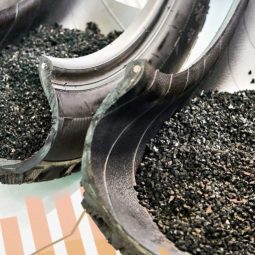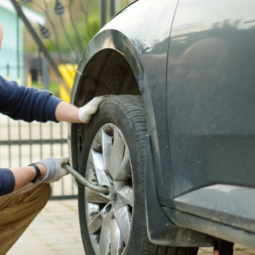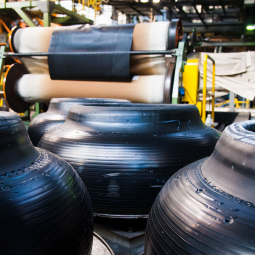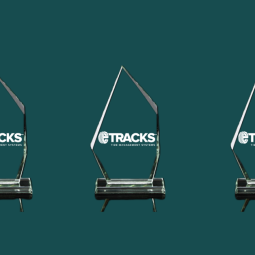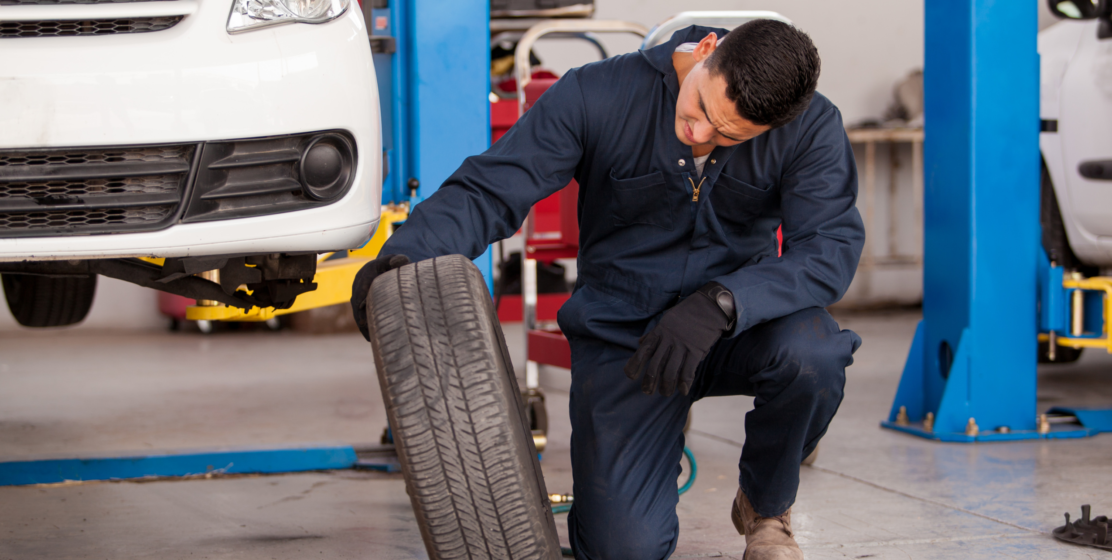
What’s changed in tire recycling since 2019?
This blog was written to address frequently asked questions from Ontario tire collection sites (a site where used tires are picked up for recycling or disposal, such as tire shops and car dealerships.)
Many things changed in the tire recycling industry when the Individual Producer Responsibility (IPR) model was introduced by the Ontario government on January 1, 2019 as part of the Resource Recovery and Circular Economy Act (RRCEA). When the RRECA came into effect, so did Tire Regulation 225/18; and it changed how Ontario manages tire recycling. The purpose of this article is to shine some light on the changes that came about as a result and make sense of it from the perspective of a tire shop and/or dealership, referred to in the regulation as “collection sites”.
Then and Now
The best place to start is with the difference between the Stewardship model that operated in Ontario until the end of 2018; and the Individual Producer Responsibility (IPR) model which replaced the stewardship model as of January 1, 2019. Broadly speaking, Stewardship can be applied to many material classes and refers to the ethical and responsible management of resources, both natural and human-made, by an organization. It involves taking a long-term view and considering the impact of current actions on future outcomes. Under the stewardship model, one organization called the Ontario Tire Stewardship (OTS) managed tire recycling for the province, and those operations were paid for by a collective industry of tire manufacturers, importers and automakers/equipment producers. These “stewards” (producers) were responsible for paying into OTS, they were not on the hook for managing tire recycling activities and the system did not include regulated recycling targets as it does today.
Individual Producer Responsibility (IPR), refers to the idea that manufacturers and other producers should be held responsible for the environmental and social impacts of the products they produce throughout their entire lifecycle, including disposal and/or recycling. This model shifts the responsibility for managing the environmental impacts onto producers. Tire producers must meet specific tire recycling targets according to how many tires each producer sells into the marketplace based on a rolling average of three years of tire supply data multiplied by 0.85. Failure to report on, and meet these targets can result in fines.
Under the RRCEA, tire producers are allowed to hire a third party (such as eTracks), known as a Producer Responsibility Organization (PRO) to manage their recycling requirements and ensure they meet their targets through rigorous reporting and auditing of the flow of used tires throughout the province. In January 2023, new regulatory amendments made by the Ontario government to the RRCEA meant that, broadly speaking, PROs are now equally responsible for meeting producer tire recycling targets, and can also face regulatory fines if targets are not met. All of this activity is reported to, and overseen by a regulatory body that enforces the RRECA and Tire Regulation 225/18, known as the Resource Productivity and Recovery Authority (RPRA).
IPR also expanded Ontario’s tire recycling industry from one stewardship organization (i.e. OTS) managing all tire recycling operations, to multiple organizations (i.e. PROs) competing with each other to provide producer compliance services. The rationale for this approach is that competition promotes efficiency and creates an environment where organizations are motivated to make the best use of their resources, while developing new and improved ways of managing the tire recycling system.
If you consider these differences, and that the “eco fee”, “tire tax”, etc., fluctuated annually under the Ontario Tire Stewardship (OTS) (anywhere from $3.50 to $5.50 on a passenger and light truck tire (PLT), it makes sense that once producers were made responsible for the management of tire recycling systems, they would be looking for greater price stability. It’s for these reasons that previous practices under the stewardship model, like paying collection sites for their used tires, were curtailed. In today’s tire recycling industry, PROs (on behalf of producers) arrange for the pick-up, hauling and recycling of used tires from collection sites at no cost. This has become akin to a waste disposal service, where collection sites have their used tires removed and disposed of at no cost. This approach is similar to how other recyclable materials are managed.
It’s fair to say that as controversial as these changes have been, they have helped maintain price stability for four years within the tire recycling industry, in spite of inflation and a global pandemic. While costs have increased on just about everything these days, the tire recycling fees in Ontario have stayed relatively steady. As the largest tire PRO, eTracks introduced it’s first fee increase to customers (a portion of Ontario tire producers) in January 2023 to, in part, offset the impacts of the preceding pandemic years.
Why does tire recycling matter?
- Environmental protection: Used tires can be a significant source of pollution if they are not properly managed. Tires can release toxic chemicals into the environment and can also be a breeding ground for mosquitoes, which can carry diseases. Recycling tires also helps to reduce the environmental impact of used tires ending up in landfills.
- Resource conservation: Tires are made from natural resources such as rubber, steel, and oil. Recycling tires conserves these resources by reducing the need to extract new raw materials and again, by diverting tires from landfills.
- Energy savings: Based on a recent Life Cycle Assessment Study (LCA) conducted by the Canadian Association of Tire Recycling Agencies (CATRA), recycling tires significantly reduces emissions when compared to creating the same products from raw materials.
- Economic benefits: Recycling tires creates jobs and generates revenue for the recycling industry. Also, by recycling tires, it reduces the costs of tire disposal, which would otherwise be borne by municipalities and taxpayers.
- Safety: Improperly stored tires can catch fire and burn for days, weeks or months, releasing toxic smoke and ash into the air that are both destructive and dangerous to human health.
Ultimately, the decisions made on how to manage tire recycling in Ontario are based on the current regulation, producer compliance obligations, and how industry players choose to reach these recycling targets within an ethical and competitive market. It will also depend on the specific goals and objectives of each PRO and their tire management system, as well as the availability of funding and other resources.
PROs have an important role to play a role in supporting the collection sites they work with by ensuring used tires are picked up in a timely and hassle-free manner, including tires on rims. PRO’s and producers must also work to ensure that collection sites understand their responsibilities under the current Tire Regulation with regard to accepting used tires (tires that are similar to what is sold and handled at the collection site, to a maximum of 10 tires/day), including tires on rims; at no cost.
More broadly speaking, PROs should enable systems for tire recycling activities, that minimize the need for price increases, and support a strong and sustainable tire recycling system for all.
Melissa Carlaw, Director of Communications & Marketing, eTracks
Visit the resources page of our website to learn more about tire recycling in Ontario.
#Circulareconomy, #climatechange, #emissions, #EPR, #IPR, #ontario, #ProducerResponsibilityOrganization, #recycling, #repurpose, #RRCEA, #tirerecycling
